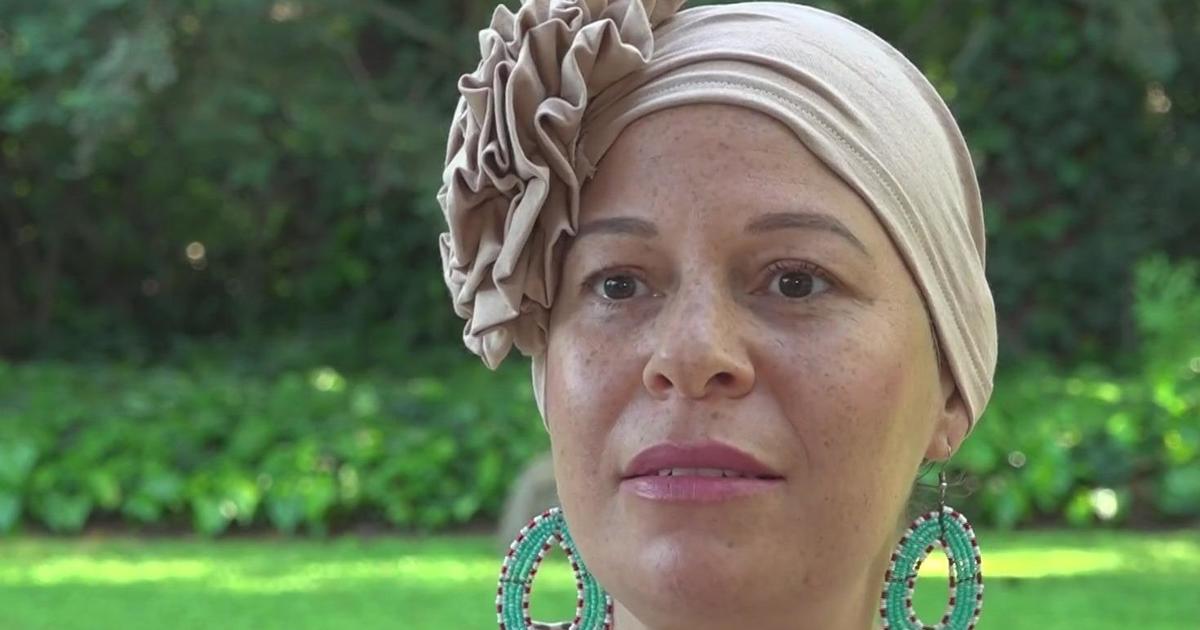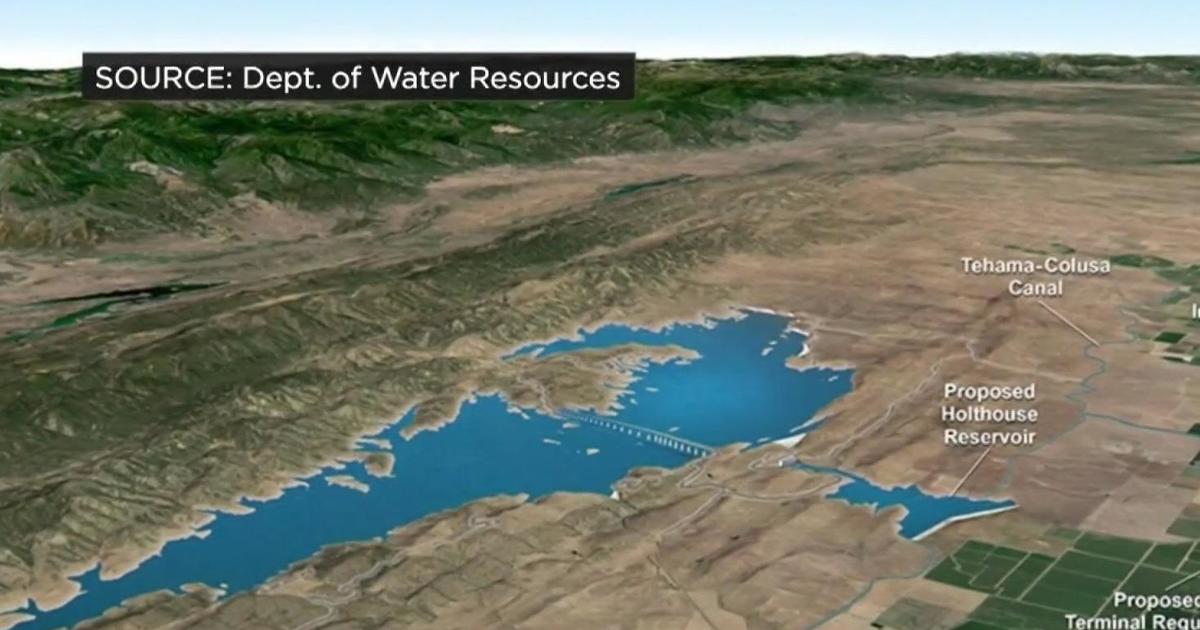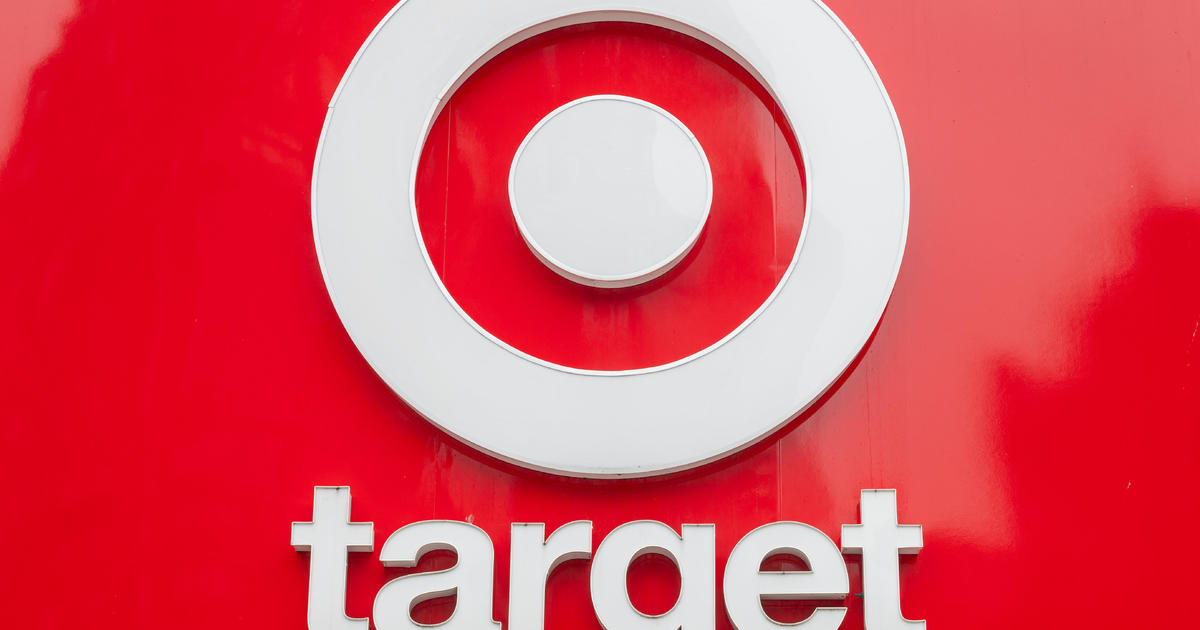Regional Transit Ridership Drops After Rate Hikes, But Revenue Up
SACRAMENTO (CBS13) — Sacramento Regional Transit is dealing with a dramatic drop in ridership.
New numbers show a rider deficit of more than 2 million passengers riding buses and light rail in the last year. RT officials base their budget on the number of people who use public transit, but now those predictions are coming in low, and the district is trying to deal with this downward trend.
RT had hoped the opening of the new downtown arena would be a big boost for public transit. It predicted many people would try out RT for the first time, so it even added trains and fixed up stations.
Sarah Kerber rides RT and says, "It's very convenient, it's very clean, it's safe."
New numbers uncovered by CBS13 show overall RT ridership is actually plummeting.
"I see empty train cars and empty buses and it disappoints me," says Kerber.
So how many fewer passengers are there?
Since the beginning of the fiscal year in July RT has served nearly 17 million passengers. But, there were more than 19 million passengers in the same nine-month period the year before. That's a 12 percent drop. That's also when RT raised fare rates.
"This is the potential death spiral for RT," said Craig Powell, president of Eye on Sacramento, "We thought it was the absolute worst idea they could do."
Powell says he warned district leaders last summer that raising rates would impact the number of paying passengers.
"You raise your rates so high, and now they're the highest in the state, that you dissuade people from using it and your ridership starts to tumble," says Powell.
Regional Transit Board President Andy Morin says he thinks the drop in ridership is due to an increased effort to prevent people from trying to ride for free.
"There's concern, cautious concern," said Morin, "What we're seeing is part of our ridership reduction is actually fare checking is keeping people off the system who weren't paying before"
RT says low gas prices and the wet winter could also be factors. The rate increases and fare checking have helped stabilize RT's budget, so even though there are fewer riders, they're actually making more money. In the last nine months, passengers have paid more than $23 million in fares. That's nearly $2.8 million more than the same period the year before.
For now, RT is focusing on improving security and putting a greater effort into cleaning buses and trains to get passenger numbers back on track.
"We're confident we're going to see a buildup of ridership in the near future," says Morin.
Some regular RT riders have now created a union to represent passengers with the goal of improving service and reducing rates. No additional fare rate increases are expected in next year's budget.
If you'd like more information on the RT passenger union, head to its website sactru.org.



